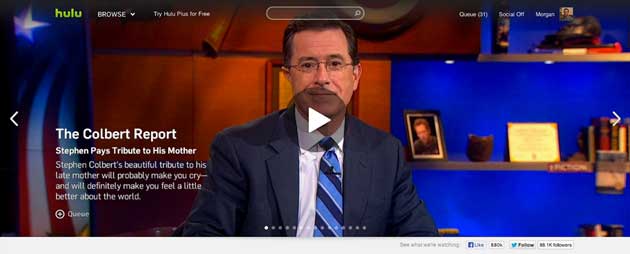A/B testing and optimization offer the potential of big rewards for businesses. Too often, though, testing falls short, yielding few insights or performance gains. Often, at the heart of the problem is a flawed testing strategy that focuses on testing the wrong things at the expense of optimizations that would matter.
But how do you know where to start when jumping into optimization? As easy as crossing the street, building a testing strategy oriented to the needs of your users all starts with stop, look, and listen.
Testing is a big problem to tackle, and doing it well requires a variety of steps. We've broken down our approach into a few parts, each of which will be its own post in this four-part series. We'll cover the ins and outs of developing a successful conversion rate optimization program and the positive impact it can have on your website performance.
In this first installment, we're going to take a look at the typical—often fatally flawed—testing approach, as well as the importance of identifying the true must-have experience and how to optimize your conversion funnel.
The Typical Testing Approach
The typical conversion rate optimization approach goes something like this: Your team agrees your website could be performing better and testing is a great way to learn what to change in order to improve; from there, an A/B testing platform is agreed upon (like Optimizely) and installed; then the boss lobs testing directives and ideas based on hunches and epiphanies, with little rigor or reason.
It's the classic "all tactics, no strategy" approach.
The overworked online marketer implements a few simple tests, such as changing the button colors or calls to action on a few landing pages. These micro-optimizations may provide some marginal gains, but they don't really move the needle. After a month or so of a variety of inconclusive tests, the team gives up, with no more insight gained and no more website performance realized.
It doesn't have to be this way. By starting at the top, you can design an optimization and testing strategy that will make a real difference. Here's how.
Start With the Must-Have Experience
Before you can optimize, you need to understand two things.
First, optimization is not about maximizing conversion rate. Wait, what? You heard me right. Optimization is about getting more of the right kind of customers, not just optimizing the conversion rate of a given page or campaign blindly. Getting more leads doesn't do you any good if the people you're acquiring are the wrong fit for your business. You need to focus on optimizing as a way to find more customers who will love your product and help you grow by spreading the word. Everything else is a waste of your time and resources.
The second thing that you have to understand, at the most fundamental level, is the must-have, essential experience of your product or site for your users. What does your product do for your users that they can't live without? What's the main thing they come to do at your site? Once you know what they're coming for, you can optimize around getting your site visitors to their must-have experience as quickly as possible.
That isn't as easy or always as clear as it sounds. Lots of companies bury the absolute must-have experience behind pages of content, hoops of user input, cumbersome registration processes, and other website elements that get in the way of delivering what's most important.
Those barricades are all roadblocks that keep the majority of your site visitors from experiencing the awesomeness that is your product. Once you have clarity about what people really love about your product, you can create a testing and optimization strategy that starts with eliminating those roadblocks to get the largest portion of visitors to that experience.
Hulu, for example, does a great job delivering the must-have experience right off the bat. No registration flow, no email confirmations, nothing required to start enjoying TV on the Web.

Designing the Right Methodology
Once you've identified your must-have experience, you can get to work with your optimization plan.
To do that, you need to think holistically about how users find and engage with you on the Web—the complete process that is your conversion funnel. You may have multiple funnels and flows, and the optimization opportunities may vary for each. Your testing and optimization plan should start with your most important funnels, not a single landing page.
To optimize your funnel, start by mapping the current user flow for getting to a conversion; include all the steps, actions, and pages the user needs to interact with to reach your ultimate conversion point. Next, determine and map out the shortest path to the must-have experience.
Look at the difference between the current and optimal funnel. The extraneous steps are areas ripe for optimization efforts. In addition to the length and steps involved, you need to assess the relative performance of each step in the process. Doing so will identify the poorest performing pages—the pages where users fall off—and allow you to focus your efforts where they're most needed.
With these two data points in hand (potentially extraneous steps, and the poorest performing pages in your flow) you've got the best starting point to begin optimization. From there, the next steps are to systematically test the biggest pain points to eliminate fall off and improve optimizations.
By getting a global view of the funnel, you avoid the trap of testing at the micro-level, and instead, focus on the biggest opportunities for improvement. We'll cover those in the subsequent parts in this series.
Articles in this series
Article 1: How to Build an Effective Conversion Rate Optimization Plan
Article 2: How to Uncover Confusion in Your Conversion Funnel
Article 3: How to Drive Conversion Rate by Understanding Visitor Intent




